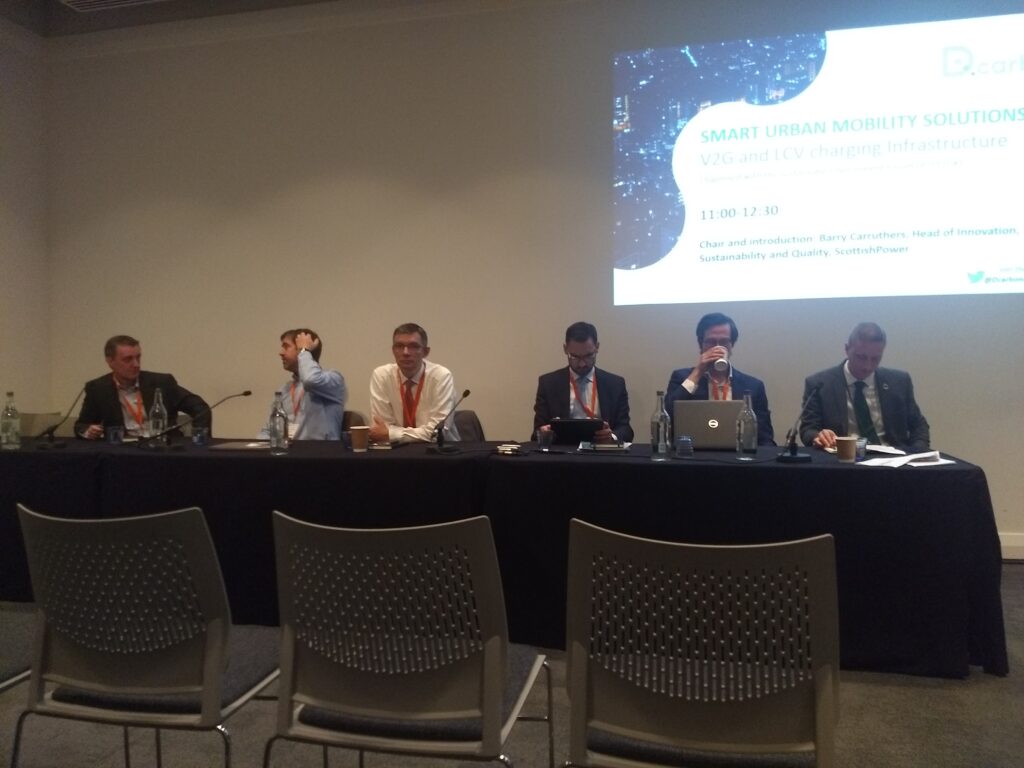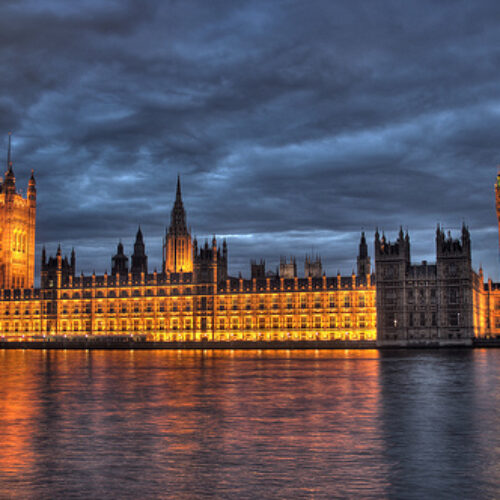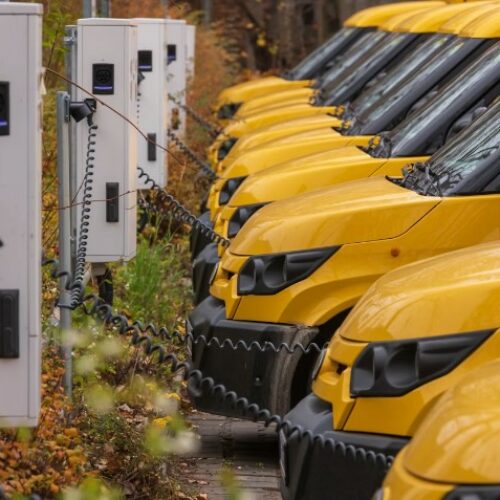Electric vehicle technology is ‘leaping ahead’ of the government’s understanding, Andy Robinson, head of ULEV infrastructure at Transport Scotland, has said.
Speaking at a conference today, Robinson said that whilst “technology will always be ahead of us, it’s our job to create the environment to let it flourish”.
Vehicle-to-grid (V2G) is one of the technologies being developed in the EV sphere, with Michael Joos, consultant at Element Energy, claiming it could be ready within the next ten years.
“But there are several caveats about that: uncertainty of revenue streams, how the cost of chargers comes down, how to manage battery degradation and how the DNOs will evolve.
“The main driver of the cost is the hardware- the bidirectional charger,” Joos said, adding that currently the highest revenue comes from frequency response over inputting back to the grid.
However, Daniel Dörflinger, general manager at IPT Technology said that V2G “is technically possible but car manufacturers avoid it as it adds an additional cost and hurdle.”
Barriers towards EV adoption in general were also a topic of discussion. John Moore, general manager at Locogen, proposed a system where organisations such as workplaces and airports looking to install EV chargers would install many slow, ‘trickle’ chargers, allowing them to install more than if fast-chargers were installed.
Moore claimed this would allow more cars to charge at once due to cars being parked in the charging bays for long periods of time at these locations and encourage EV adoption due to drivers feeling confident they can charge.
“We think this is the way to motivate people to change,” Moore said, adding that the infrastructure needed to first be built “and then people will come.”
“We need to get away from the mindset that you take your vehicle and refuel it periodically,” he continued.





